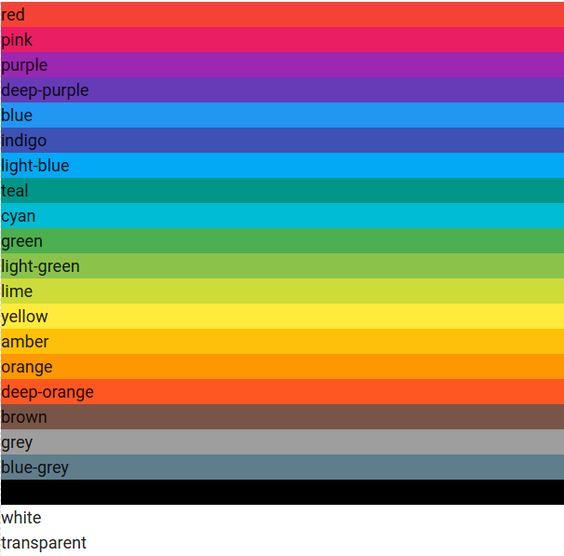Basic CSS
Customizing CSS Frameworks
While CSS frameworks like Bootstrap, Materialize, and Tailwind offer a wealth of predefined styles, you might want to customize these styles to make your website stand out. In this chapter, you will learn how to adjust and customize CSS frameworks to meet the specific needs of your project.
Why Customize a CSS Framework?
Each project has different design requirements, and the default styles of a framework may not be enough or suitable. Customizing a framework allows you to:
- Align design with brand: Change colors, fonts, and other styles to match your company's visual identity.
- Performance optimization: Remove components you don't use to reduce your CSS file size.
- Greater design control: Customize components like buttons, menus, or cards to give them a unique look.
Customizing Bootstrap
Bootstrap offers several ways to customize its styles. You can change default Sass variables, use Bootstrap in its compiled version, or overwrite styles using your own CSS file.
Change Sass Variables
Bootstrap is built on Sass, which means you can modify predefined variables to change aspects like colors, sizes, and fonts.
-
Install Bootstrap via npm: If you're working in a development environment, you can install Bootstrap via npm to access the Sass files.
bash -
Change variables: Open the
_variables.scssfile and change the variables you want to customize. For example, to change the primary color:scss -
Compile the CSS: After modifying the variables, compile your Sass file to generate the CSS.
bash
Overwrite Styles with CSS
Another way to customize Bootstrap is to overwrite the styles directly with your own CSS file.
css
Customizing Materialize
Materialize also allows customization through editing Sass variables or overwriting styles in CSS.
Change Materialize Variables
-
Install Materialize: If you install Materialize via npm, you can access the Sass files.
bash -
Edit the variables: To change the primary color of Materialize, edit the color variables in the
_variables.scssfile.scss -
Compile the CSS: After making changes to the variables, compile the Sass file.
bash
 Here the Materialize color scheme is shown
Here the Materialize color scheme is shown
Overwrite Styles in CSS
If you don't want to work with Sass, you can overwrite the styles using your own CSS file.
css
Customizing Tailwind CSS
Tailwind CSS is designed to be extremely customizable. You can modify its default configuration to adjust utility classes and create a design that better suits your needs.
Tailwind Configuration
-
Install Tailwind: Install Tailwind CSS in your project via npm.
bash -
Create a configuration file: Tailwind allows you to customize its configuration via the
tailwind.config.jsfile.bash -
Change the theme: You can adjust Tailwind's theme by changing the configuration file. For example, to modify the default colors:
js -
Compile Tailwind: After modifying the configuration, run the command to compile the CSS.
bash
Using Custom Classes
Tailwind also allows you to define your own utility classes.
css
Removing Unnecessary Code from Frameworks
One of the biggest issues with CSS frameworks is they include a lot of code you might not use. Removing unused CSS can improve your website's performance.
PurgeCSS
PurgeCSS is a tool that helps eliminate unused CSS. You can easily integrate it into your workflow to reduce your CSS file size.
-
Install PurgeCSS:
bash -
Configure PurgeCSS: Set up PurgeCSS to remove unused CSS.
js -
Run PurgeCSS: Once configured, run PurgeCSS to clean the CSS file.
bash
Conclusion
In this chapter, you learned how to customize CSS frameworks to suit your needs. Whether you're working with Bootstrap, Materialize, or Tailwind, you can modify variables, overwrite styles, or eliminate unused CSS to optimize your project. In the next chapter, we will focus on how to structure a larger CSS project and keep it scalable as it grows.
Support Chuck’s Academy!
Enjoying this course? I put a lot of effort into making programming education free and accessible. If you found this helpful, consider buying me a coffee to support future lessons. Every contribution helps keep this academy running! ☕🚀

Chat with Chuck

- Introduction to CSS
- CSS Selectors
- The Box Model in CSS
- Colors and Backgrounds in CSS
- Typography in CSS
- Design Techniques with CSS
- Responsive Design Fundamentals in CSS
- Responsive Navigation in CSS
- Responsive Forms in CSS
- Combinando CSS con HTML para un diseño completo
- CSS Debugging and Optimization
- Working with CSS Libraries and Frameworks
- Customizing CSS Frameworks
- Structuring Large CSS Projects
- Best Practices for CSS Performance
- Keeping CSS Code Clean and Well-Documented
- Testing and Debugging CSS
- Ensuring Accessibility with CSS
- Use animations and transitions in an accessible manner
- CSS Optimization for Large Websites
- Keeping Clean and Scalable CSS Code













